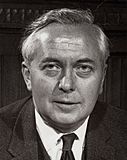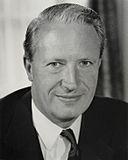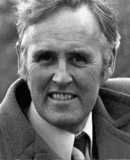October 1974 United Kingdom general election facts for kids
|
|||||||||||||||||||||||||||||||||||||||||||||||||||||||||||||||||||||||
|
|
|||||||||||||||||||||||||||||||||||||||||||||||||||||||||||||||||||||||
|
All 635 seats in the House of Commons 318 seats needed for a majority |
|||||||||||||||||||||||||||||||||||||||||||||||||||||||||||||||||||||||
|---|---|---|---|---|---|---|---|---|---|---|---|---|---|---|---|---|---|---|---|---|---|---|---|---|---|---|---|---|---|---|---|---|---|---|---|---|---|---|---|---|---|---|---|---|---|---|---|---|---|---|---|---|---|---|---|---|---|---|---|---|---|---|---|---|---|---|---|---|---|---|---|
| Turnout | 72.8%, |
||||||||||||||||||||||||||||||||||||||||||||||||||||||||||||||||||||||
|
|||||||||||||||||||||||||||||||||||||||||||||||||||||||||||||||||||||||
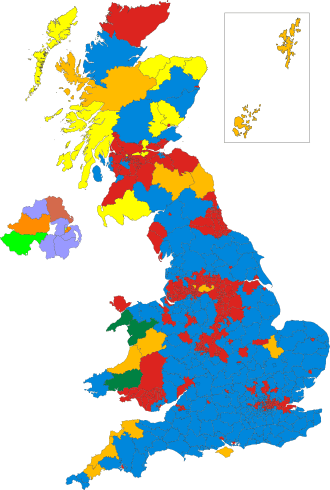
Colours show the winning party—as shown in October 1974 United Kingdom general election § Notes
|
|||||||||||||||||||||||||||||||||||||||||||||||||||||||||||||||||||||||
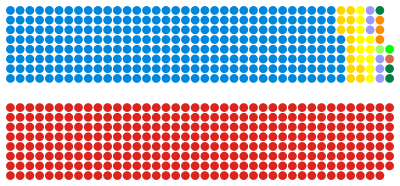
Composition of the House of Commons after the election
|
|||||||||||||||||||||||||||||||||||||||||||||||||||||||||||||||||||||||
|
|||||||||||||||||||||||||||||||||||||||||||||||||||||||||||||||||||||||
The October 1974 United Kingdom general election was a big event where people across the UK voted for who they wanted to represent them in Parliament. On October 10, 1974, everyone voted to choose all 635 members of the House of Commons of the United Kingdom. The Labour Party, led by Harold Wilson, won this election. They got a small majority of just 3 seats, which meant Harold Wilson continued to be the Prime Minister.
This election was actually the second one held in 1974! The first election in February that year ended with no single party winning enough seats to form a strong government. This situation is called a hung parliament. Because no parties wanted to work together in a coalition government, the Labour Party had to form a minority government. This means they were in charge but didn't have enough votes to easily pass laws. That's why a second election was needed, as it's very hard to run a country without a clear majority in Parliament.
Contents
What is a General Election?
A general election is when people in a country vote to choose their representatives in the national parliament. In the UK, this means voting for Members of Parliament (MPs) to sit in the House of Commons. The party that wins the most seats usually forms the government.
Key Parties and Leaders
Several political parties took part in the October 1974 election. Here are the main ones:
- Labour Party: Led by Harold Wilson. They were the party in power before this election, but as a minority government.
- Conservative Party: Led by Edward Heath. They were hoping to win back power.
- Liberal Party: Led by Jeremy Thorpe. This party aimed to gain more influence in Parliament.
- Scottish National Party (SNP): Led by William Wolfe. This party focuses on Scottish independence and interests.
Why a Second Election in 1974?
The year 1974 was unusual because it had two general elections.
- The first election in February 1974 resulted in a hung parliament. This means no single party won enough seats to have a majority in the House of Commons.
- The Labour Party, led by Harold Wilson, formed a minority government. This kind of government has to work harder to get its laws passed because it doesn't have enough votes on its own.
- Because it was difficult to govern effectively, Harold Wilson decided to call another election in October. He hoped to win a clear majority for the Labour Party.
Election Results and Outcome
The election took place on October 10, 1974. People across the UK cast their votes.
- The Labour Party won 319 seats, which was just enough to give them a small majority of 3 seats. This meant they could form a stable government.
- The Conservative Party won 277 seats.
- The Liberal Party won 13 seats.
- The Scottish National Party (SNP) won 11 seats, showing a growing support for Scottish independence.
- About 72.8% of people who could vote actually did, which is called the turnout.
After the election, Harold Wilson remained the Prime Minister, leading a Labour government with a small but working majority.
See also
 In Spanish: Elecciones generales del Reino Unido de octubre de 1974 para niños
In Spanish: Elecciones generales del Reino Unido de octubre de 1974 para niños


